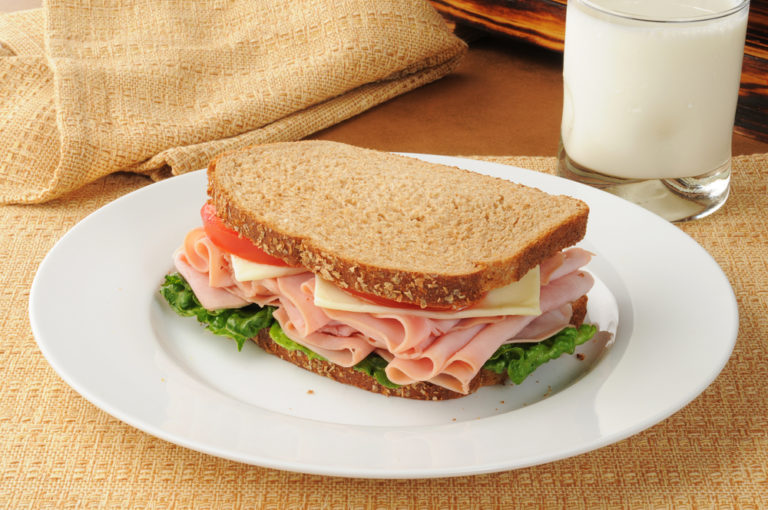You might be surprised how little fat or few calories milk products contribute to a balanced diet.
Many people mistakenly believe they have to cut out milk products in order to eat less fat or fewer calories. In fact, it is surprising how few calories and little fat milk products contribute to the diet. Skim milk has virtually no fat but contains all the nutrients found in other milks.
Ideas For Action
- Select lower fat milk products more often. These include 2%, 1% or skim milks, 2%, 1% or fat-free yogurts, and cheeses made from partly skimmed milk (with 15-20% Milk Fat (M.F.)).
- Substitute milk for cream in recipes.
- Substitute light sour cream (5% or fat-free) or plain yogurt for regular sour cream.
- Find out how much fat you are getting in your diet.
Order Check on Fat—FoodTrackTM from BC Dairy Association (bcdairy.ca/store).
Check out how many calories and how much fat and calcium a portion of dairy contains.

Researchers analyzed the Canadian Community Health Survey to determine the contribution milk and dairy foods make to the Canadian diet. They concluded, “Relative to their calories, milk and alternatives are nutrient-dense food sources, providing a range of vitamins, minerals, and high-quality protein in compact form.”(1) They particularly noted that these foods provide more than half the calcium in the Canadian diet and are significant contributors of vitamin D as well.
Reference
1. Auclair O, Han Y, Burgos SA.
Consumption of Milk and Alternatives and Their Contribution to Nutrient Intakes among Canadian Adults: Evidence from the 2015 Canadian Community Health Survey—Nutrition
Nutrients. 2019; 11(8), 1948;https://doi.org/10.3390/



